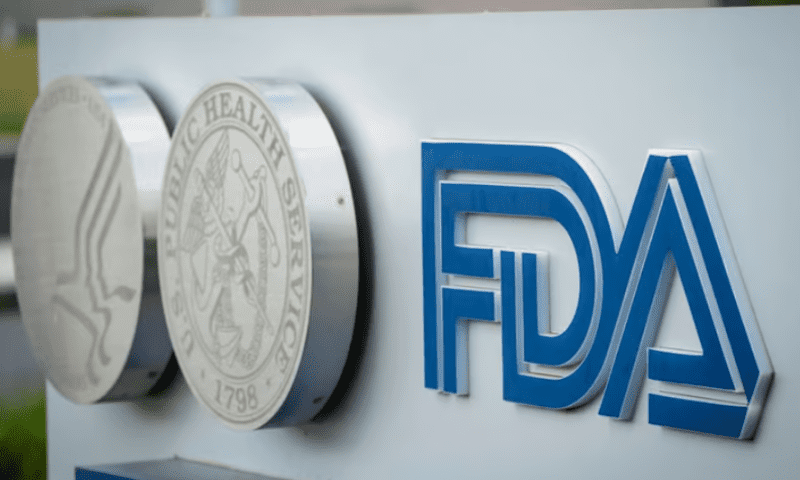Class I recalls represent the FDA’s most serious label for a faulty device, denoting an elevated risk of injury or death, and the agency doled out more of those labels in 2022 than it had in recent years. But many of those recalls—and their associated potential dangers—may have been avoidable, according to a recent investigation.
A group of researchers from Harvard, Yale and the University of California, San Francisco analyzed the genealogy of dozens of devices recalled between 2017 and 2021. They found that devices were much more likely to be slapped with a Class I recall if their FDA authorizations were based on devices that had previously been recalled as well—and that likelihood was further compounded for future generations of devices cleared through the same pathway.
The culprit? The FDA’s 510(k) program, which receives the majority of device submissions to the agency each year. The program was designed as a faster-moving alternative to the full-blown approval process: Authorization is granted if a devicemaker can prove that its new product is “substantially equivalent” to that of a previously cleared device as well as both safe and effective.
Though the program has undoubtedly paved the way to bring many potentially lifesaving devices to the market, it also contains a loophole that has allowed for the proliferation of life-threatening risks and subsequent Class I recalls. As the researchers noted in their analysis, which was published this month in JAMA, “current regulations permit manufacturers to use devices subject to a Class I recall … as predicates for new devices.”
That means that even after a device has been associated with a heightened risk of injury or death—regardless of whether any of those risks actually come to fruition—it may still be used as a blueprint for medtech makers as they develop new products and submit them for FDA clearance.
The investigation focused on the 510(k) devices that had been subject to a Class I recall between 2017 and 2021. That group spanned 156 products, approximately 28% of which had faced at least one other Class I recall before the designated time period.
The researchers were able to track down the predicate devices for 127 of the products and found that 44% had been authorized based on predicates with Class I recalls of their own. About a quarter of the predicates were hit with those recalls before the next generation of devices were cleared.
Looking downward on the family tree, the researchers tallied up 265 devices that had been cleared based on 104 devices from the 2017-21 recall list. They found that nearly half of the latter group—50 of the 104 products—had produced descendants that went on to pick up Class I recalls, too.
Ultimately, the scientists calculated that a device is 6.4 times more likely to face a Class I recall if it receives 510(k) clearance based on a previously recalled ancestor.
Solving the issue would require Congress to amend the laws governing the FDA and its authorization processes—a tedious but ultimately necessary move that “would improve medical device safety and reduce the risk of future recalls,” according to Joseph Ross, M.D., an author of the study and a professor of medicine and public health at Yale.

